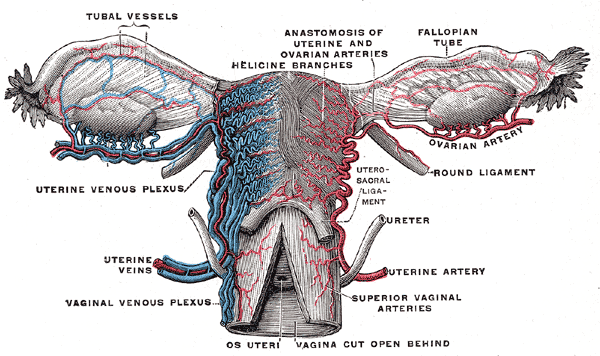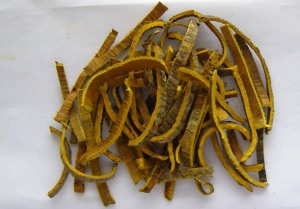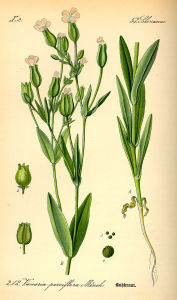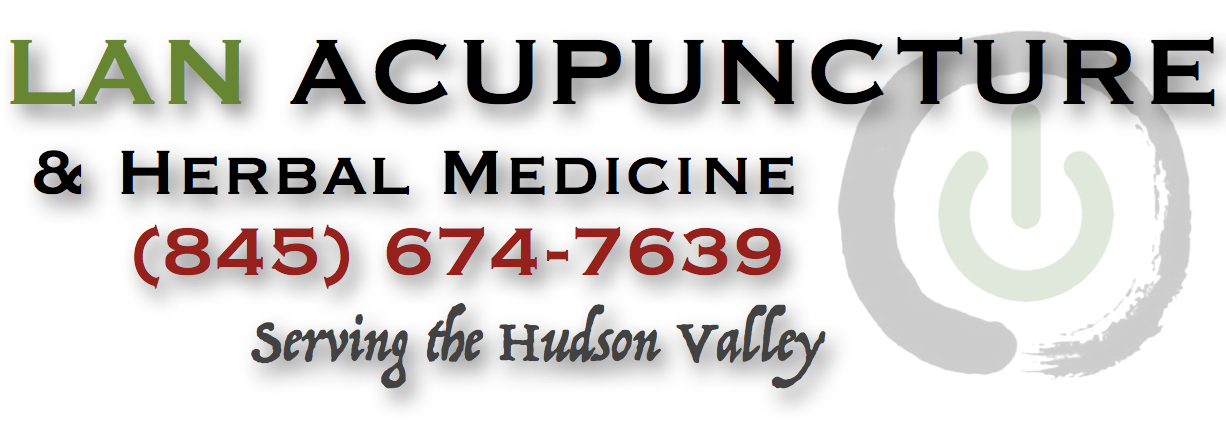 Acupuncture and herbal medicine outperformed drugs for the treatment of infertility due to fallopian tube obstructions. Researchers at the Maternal and Child Care Service Center of Puyang City (Henan) conducted a randomized controlled study of 200 patients with fallopian tube obstruction related infertility. Pregnancy rates were measured for the drug group and the acupuncture combined with herbal medicine group at 3, 6, 12 and 24 months after completion of treatments. The acupuncture and herbal medicine group had a significantly higher improvement in pregnancy rates than did the pharmaceutical medication group. The acupuncture combined with herbal medicine group achieved an 85% pregnancy rate and the medication group achieved a 38% pregnancy rate. As a result, the acupuncture continuing education researchers conclude that acupuncture combined with herbal medicine is a more effective approach for treating fallopian tube obstruction induced infertility than pharmaceutical drugs.
Acupuncture and herbal medicine outperformed drugs for the treatment of infertility due to fallopian tube obstructions. Researchers at the Maternal and Child Care Service Center of Puyang City (Henan) conducted a randomized controlled study of 200 patients with fallopian tube obstruction related infertility. Pregnancy rates were measured for the drug group and the acupuncture combined with herbal medicine group at 3, 6, 12 and 24 months after completion of treatments. The acupuncture and herbal medicine group had a significantly higher improvement in pregnancy rates than did the pharmaceutical medication group. The acupuncture combined with herbal medicine group achieved an 85% pregnancy rate and the medication group achieved a 38% pregnancy rate. As a result, the acupuncture continuing education researchers conclude that acupuncture combined with herbal medicine is a more effective approach for treating fallopian tube obstruction induced infertility than pharmaceutical drugs.
Drugs
The drug group received administration of a powerful antibiotic, a synthetic corticosteroid and a digestive enzyme that breaks down proteins. The patients received 160,000 IU of gentamicin by injections. This antibiotic is commonly used for severe systemic infections. They also received 5 mg dexamethasone corticosteroid injections and 4,000 IU chymotrypsin enzyme injections. The drug treatment was applied every other day until ovulation, comprising one course. The entire care lasted for three courses.
Acupuncture
The primary acupoints for acupuncture treatment were:
Qihai (CV6)
Zhongji (CV3)
Zigong (EX-CA1)
Sanyinjiao (SP6)
Xuehai (SP10)
Ganshu (UB18)
Shenshu (UB23)
Ahshi tender points upon palpation were chosen near Zigong. Needles were 1.5 cun long filiform type acupuncture needles. Twirling needle insertion methods were applied until a deqi sensation arrived. For CV6 and CV3, the acupuncturist applied manual techniques to obtain a deqi sensation extending to the perineum. Even reinforcing-reducing methods were also applied. After the withdrawal of needles, cupping was applied to UB18 for 10 minutes. The acupuncture began three days after the cessation of menstruation. One course of care lasted for one menstrual cycle. The clinical outcomes were documented after three courses of care.
 Herbs
Herbs
The primary herbal ingredients included:
Tao Ren 9g
Hong Hua 6g
Shan Ren 9g
E Zhu 9g
Chi Shao 12g
Huang Bai 30g
Chuan Xiong 9g
Dang Gui 15g
Lu Lu Tong 9g
Wu Gong 2 pieces
Chuan Niu Xi 12g
Dan Shen 15g
Yu Jin 12g
Huang Qi 30g
Gan Cao 6g
The treatment principle was to invigorate blood, promote qi circulation and remove obstructions in the collaterals. Modifications were made according to differential diagnostics according to Traditional Chinese Medicine (TCM) theory. The herbs were soaked in warm water for 30 minutes before being heated for 15 minutes after boiling. One dose was taken at a rate of 3 times during the day and one dose was 200 ml. The medication course of care started on the third day following the cessation of menstruation. A total of 10 oral doses were taken every month.
An enema was also used. The ancient TCM saying that the “large intestine is the friend of the uterus” refers, in part, to the physical location of the large intestine in relation to reproductive organs. Enemas are a traditional technique for local application of blood invigorating herbs to the uterus and fallopian tubes. The herbs use were:
 Zao Jiao Ci 15g
Zao Jiao Ci 15g
Ru Xiang 9g
Mo Yao 15g
Chuan Xiong 9g
Dan Shen 15g
Pu Gong Ying 15g
Wang Bu Liu Xing 15g
Hong Teng 30g
The herbal formula was decocted into 150 ml enemas. It was applied at a temperature of 37 degrees celsius after the patient emptied her bowels. The treatment was applied once daily before bedtime. The retention of the enema was 3-4 hours. The enema treatments were suspended during menstruation. One course consisted of 10 days.
The dregs of the enema decoction were wrapped in cloth and applied locally to the lower abdomen at 40 degrees celsius. The external application was carried out twice daily, lasting 30 minutes each. As a result, the TCM treatment consisted of acupuncture, cupping, oral herbs, enema herbs and a local herbal poultice.
The pregnancy rates in the TCM group were 85% compared with 38% in the drug group. The TCM therapy group achieved consistently superior positive patient outcomes. As a result, acupuncture combined with herbal medicine has been shown to effectively treat infertility due to fallopian tube obstruction.
Excerpt from:
Herbal Medicine and Acupuncture Better than Drugs for Fallopian Tube Infertility







